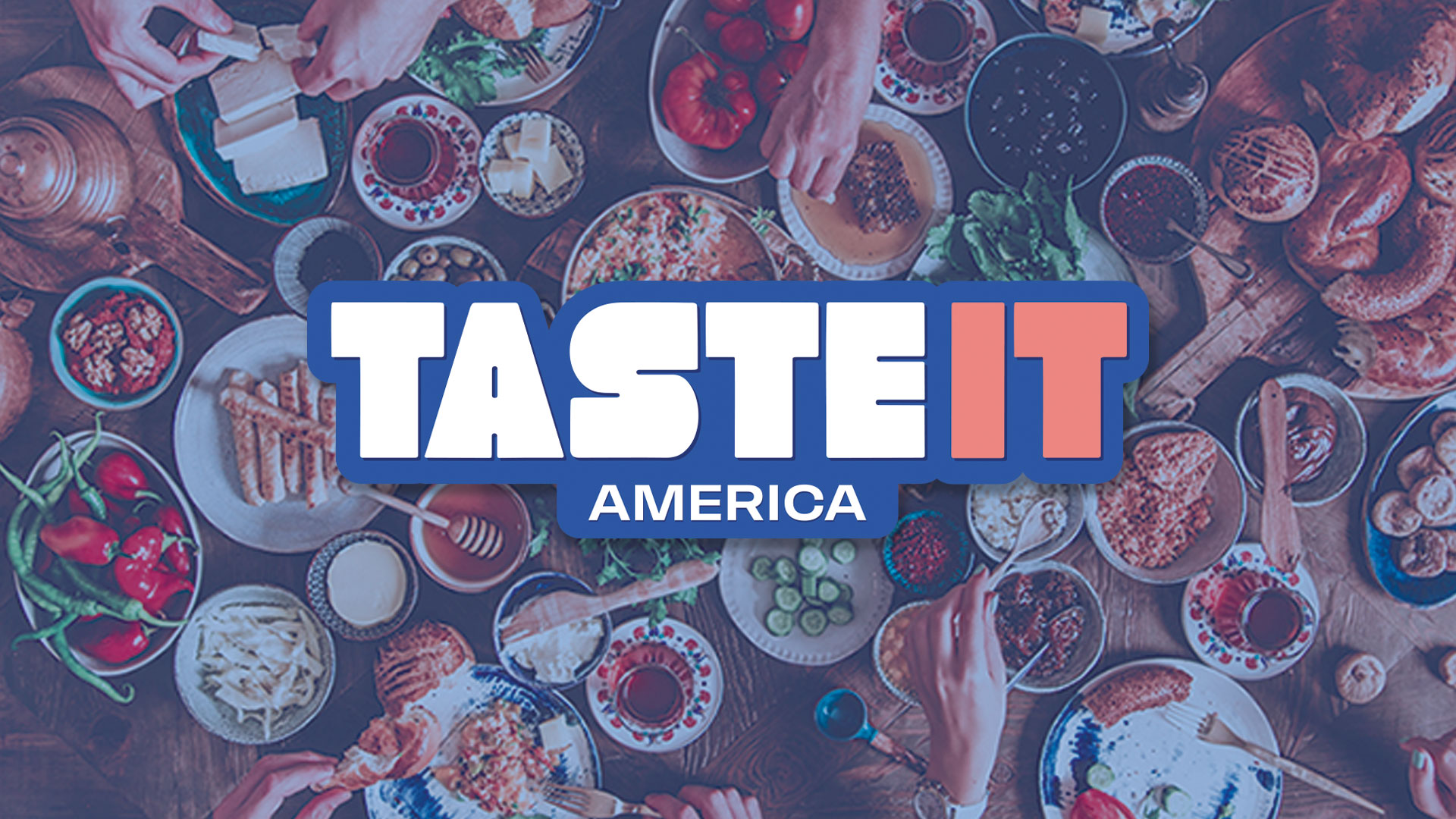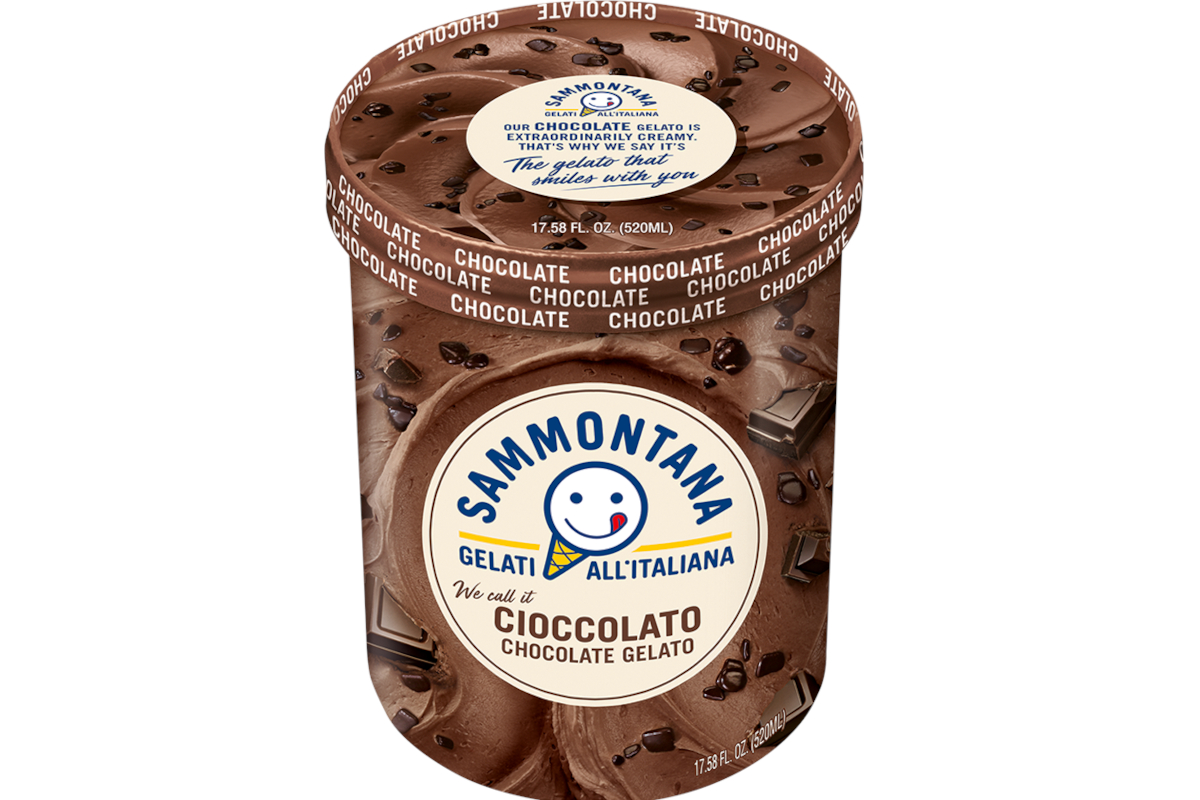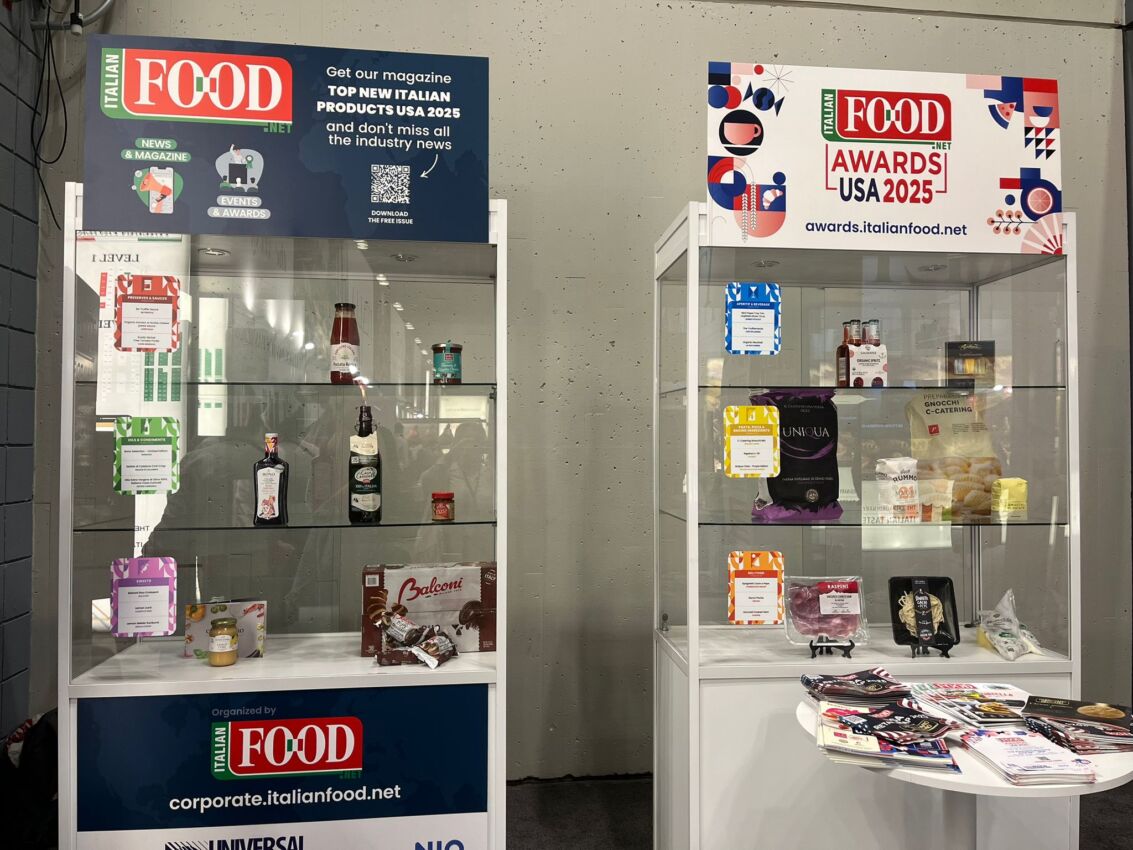A trade agreement reached on July 27 between the United States and the European Union has eased immediate tensions but introduced fresh tariffs of 15% on all imported goods—affecting a number of iconic Italian products. While some analysts and institutional observers have called the outcome “manageable,” key Made in Italy sectors—particularly in southern Italy—are expressing concern over the longer-term impact on export growth and international competitiveness.
Among the hardest hit is Mozzarella di Bufala Campana PDO, which now faces a 15% duty, up from 10%. The increase has been met with cautious relief by producers, who had feared steeper rises. Pier Maria Saccani, director of the product’s Consortium, told Il Sole 24 Ore that the hike remains “manageable,” particularly in light of earlier scenarios. Still, the additional costs could weigh on growth in the Horeca sector, where demand for premium Italian dairy products has been steadily rising.
Despite the U.S. accounting for only around 7% of total mozzarella exports—worth roughly €20 million—the product commands a high-end position in the American market, selling for between $60 and $80 per kilogram. Producers have invested heavily in supply chain innovation to meet export demand, and there are growing fears that the new duties could undercut those efforts.
The Italian processed tomato industry is also facing pressure. While tariffs on tomato derivatives previously ranged from 6% to 12%, the new agreement imposes a flat 15% across the board. Giovanni De Angelis, director general of Anicav, the national association of processed vegetable industries, described the deal as a “near miss from disaster.” Though the increase is higher than before, he said it remains bearable—at least in the short term.
Still, De Angelis warned that higher tariffs, when combined with the euro’s recent appreciation against the dollar, could squeeze margins and hinder market access. The U.S. is a critical export destination, with Italian tomato derivatives—such as peeled tomatoes, purées, and sauces—generating around €220 million in annual sales. That figure rises above €400 million when broader categories such as sauces and ready-to-use condiments are included.
“There’s a sense of cautious optimism,” De Angelis said. “When a hurricane is forecast and only a downpour arrives, it feels like a relief. But even rain can do damage.”
While the agreement avoids the escalation of a full-blown trade war, Italian producers remain wary. The added costs, though not crippling, could act as a drag on growth, particularly in a global market where margins are tightening. Industry leaders are now calling for a more stable and definitive resolution to safeguard long-term access to key international markets.
L’articolo U.S. Tariffs: Italy’s Buffalo Mozzarella and Tomato Producers Plan Their Strategy proviene da Italianfood.net.



